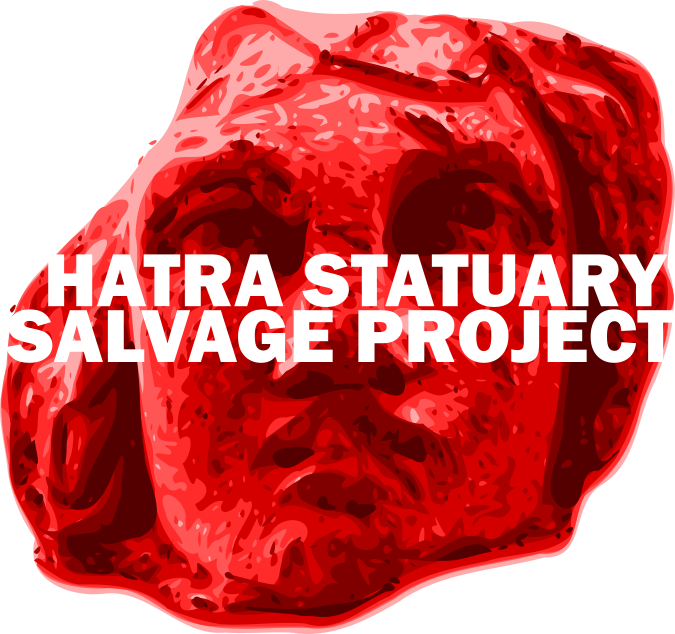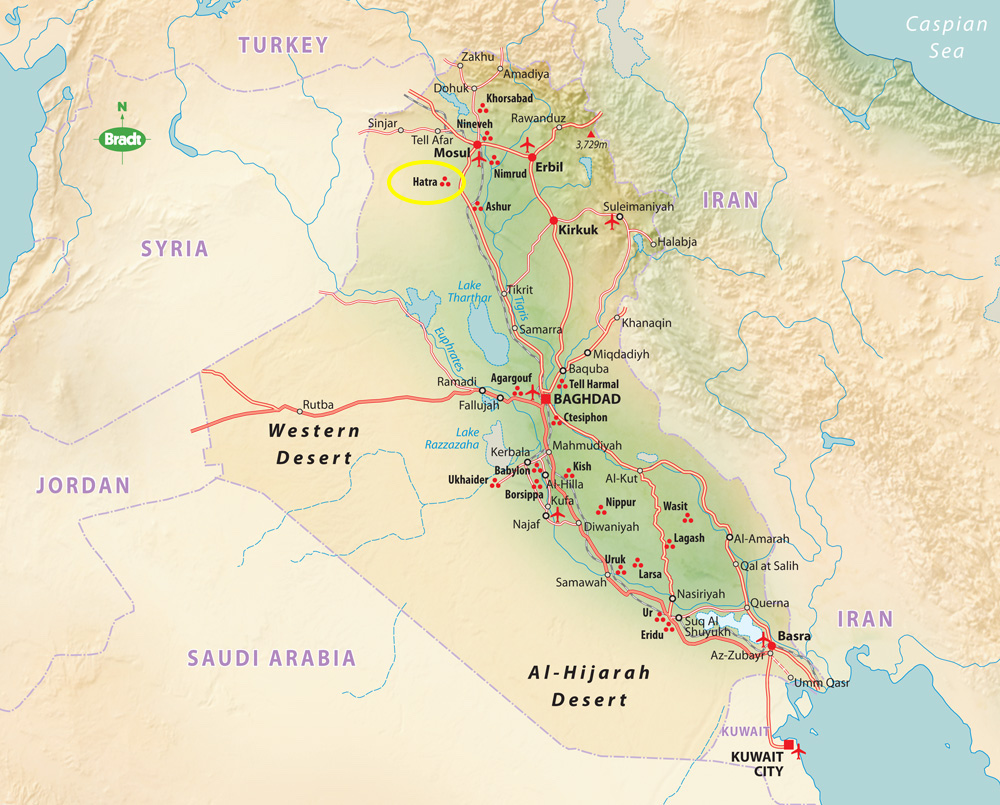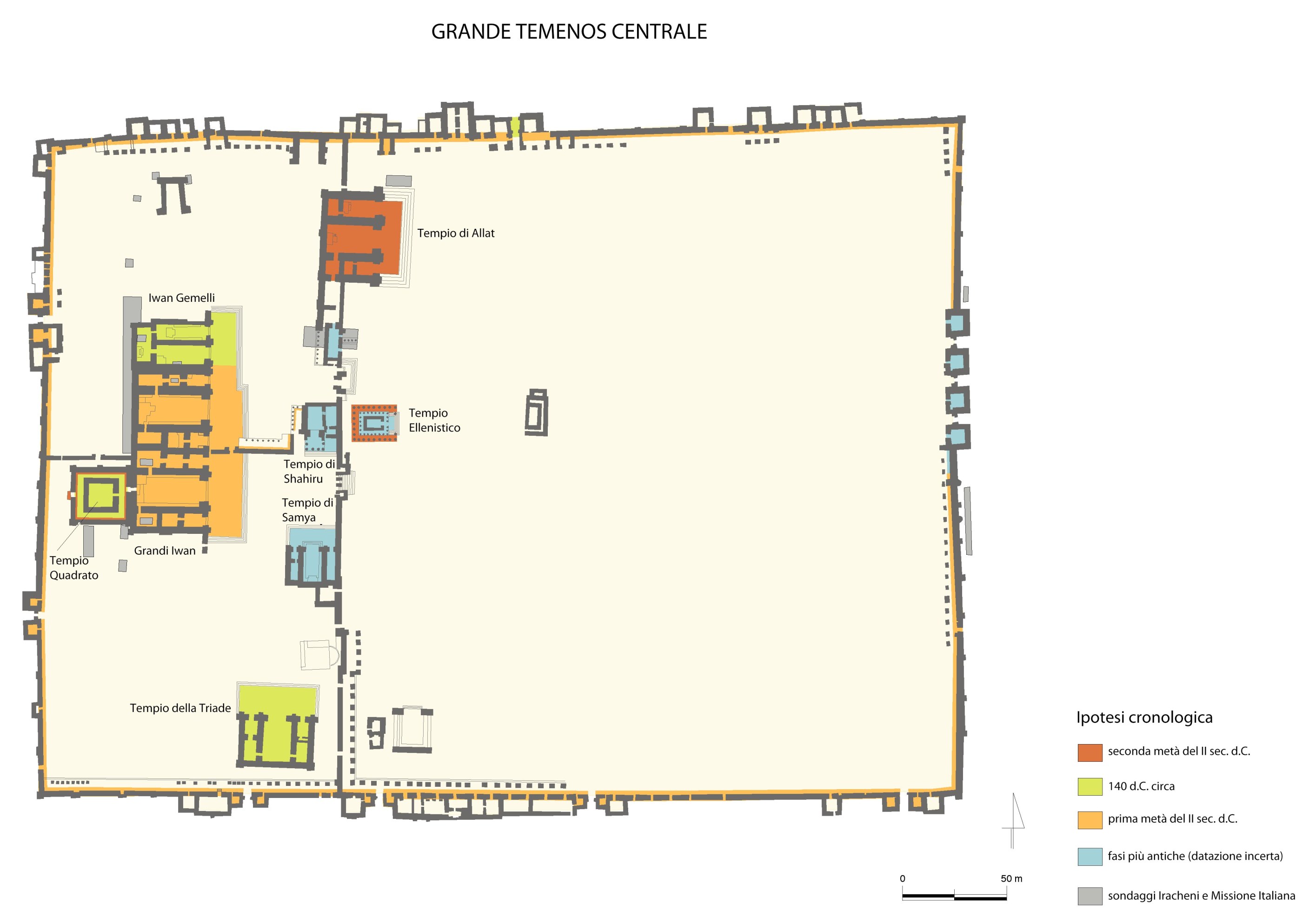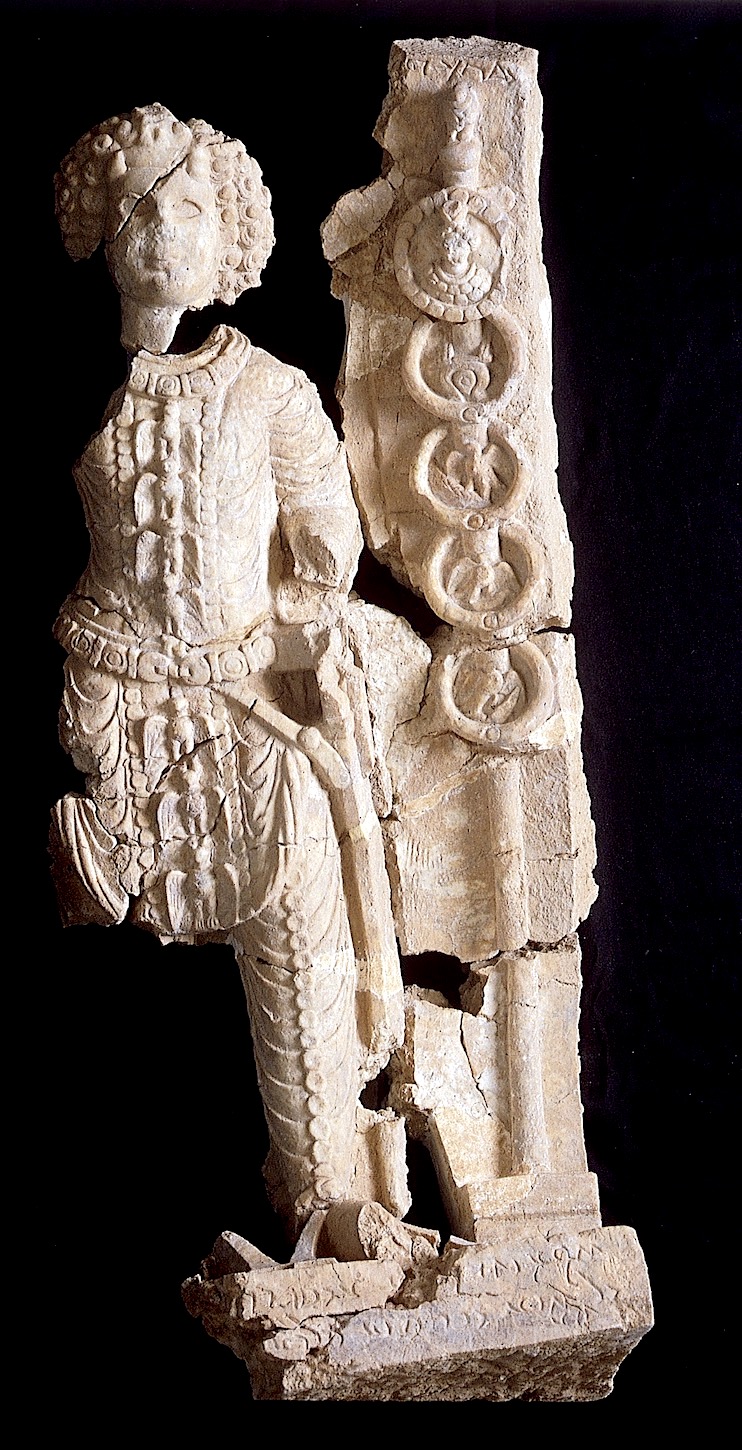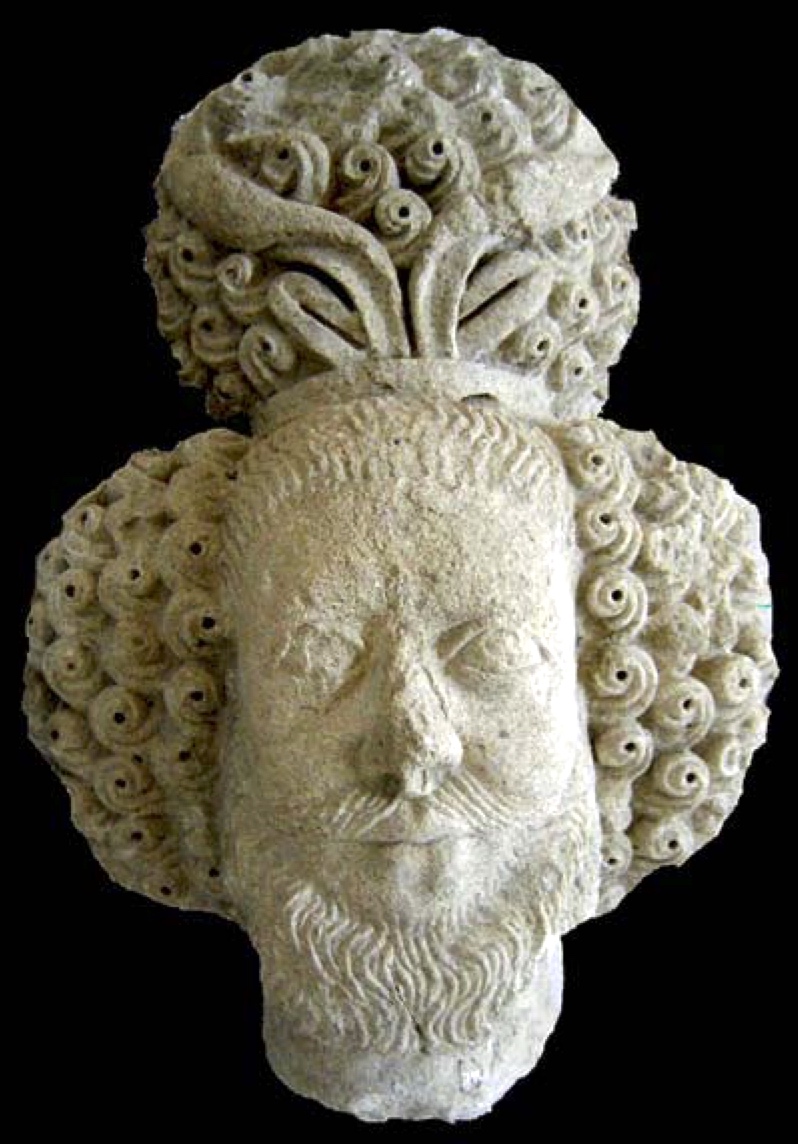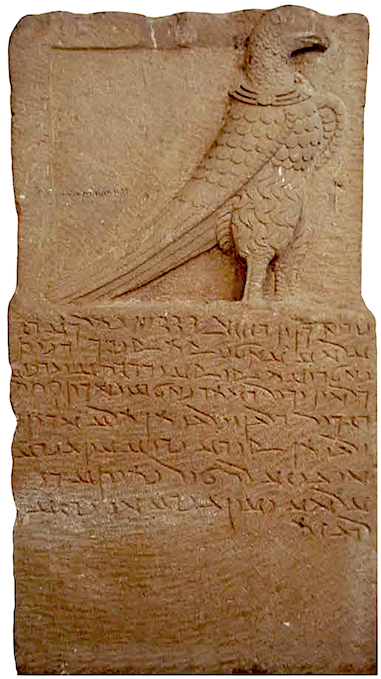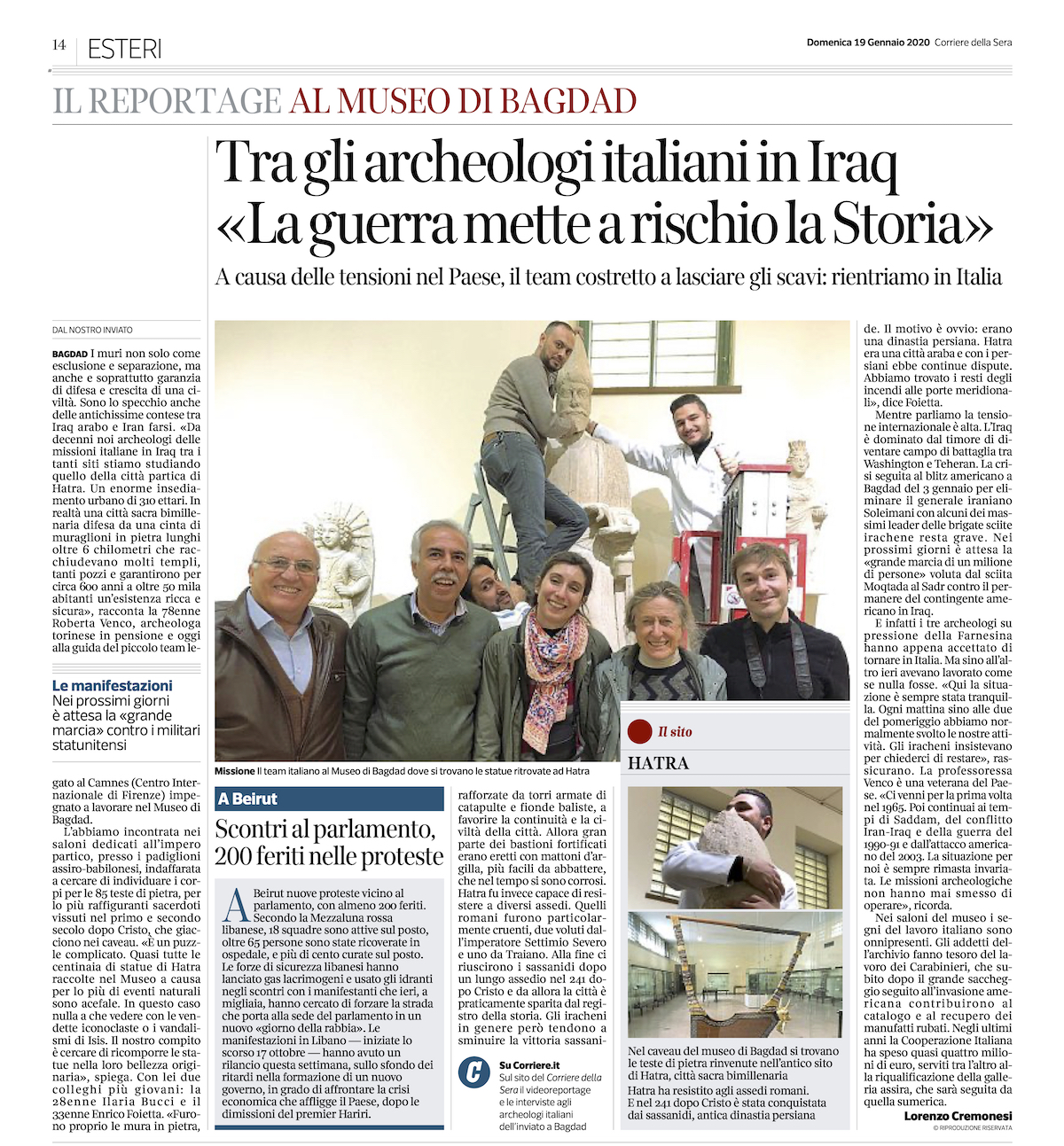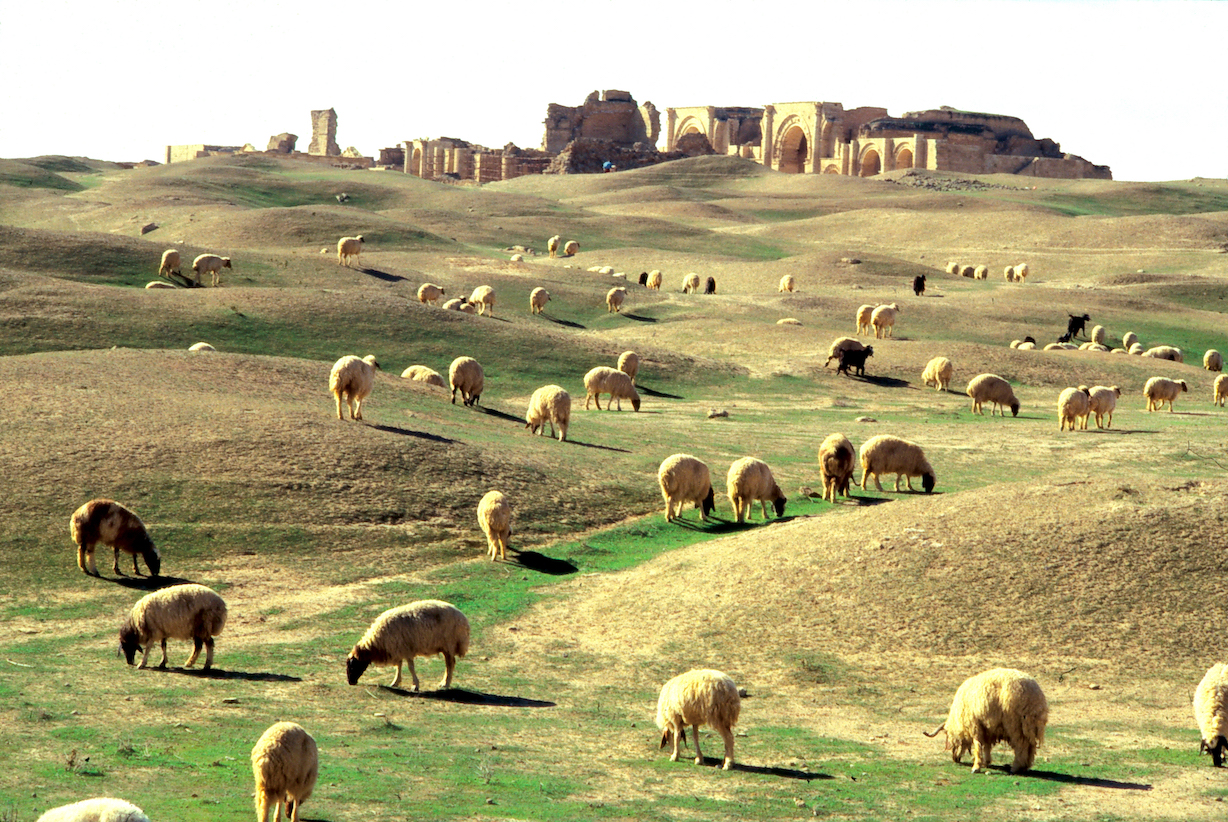-
Roberta Venco Ricciardi (Director of the Italian Archaeological Expedition at Hatra since 1986) is a former professor of archaeology at the University of Torino, focusing on the Parthian and Sasanian periods. During the expeditions at Hatra, she has trained local archaeologists and SBAH staff members, sharing with them her deep knowledge about the culture of Hatra. In recent years, she has taken part to several conferences and workshops about cultural heritage in danger and she is considered one of the most important researcher on Hatra topics. She is the director of the project.
-
Alessandra Peruzzetto (member of the Italian Archaeological Expedition). She joined the World Monument Found in 2006 and is responsible for a wide range of project activities, from conservation to capacity building and site management, particularly focused on the ancient world and the Middle East. She manages mainly the relation with the SBAH staff.
-
Enrico Foietta obtained his PhD in archaeology at the University of Torino with a thesis on the landscape and urbanism of Hatra. He has published a book and several papers on the architecture and items discovered at the site. He has taken part to several archaeological expeditions in the Near East. He manages the website and social media of the Italian Archaeological Expedition at Hatra (
https://hatrasite.com).
-
llaria Bucci is a PhD student in archaeology at the Birkbeck College (University of London). She has written a MA thesis and several papers on the graffiti of Hatra. She has taken part to several archaeological expeditions in the Near East and has experience in database programs, which are employed in building a new form for cataloguing the statues.
Iraq Museum curators will collaborate with the Italian scholars in documentation, cataloguing, and items organization. One senior conservator from the Iraq Museum will work closely with the Italian team and will follow the work of the assigned museum staff during the absence of the Italian team.


